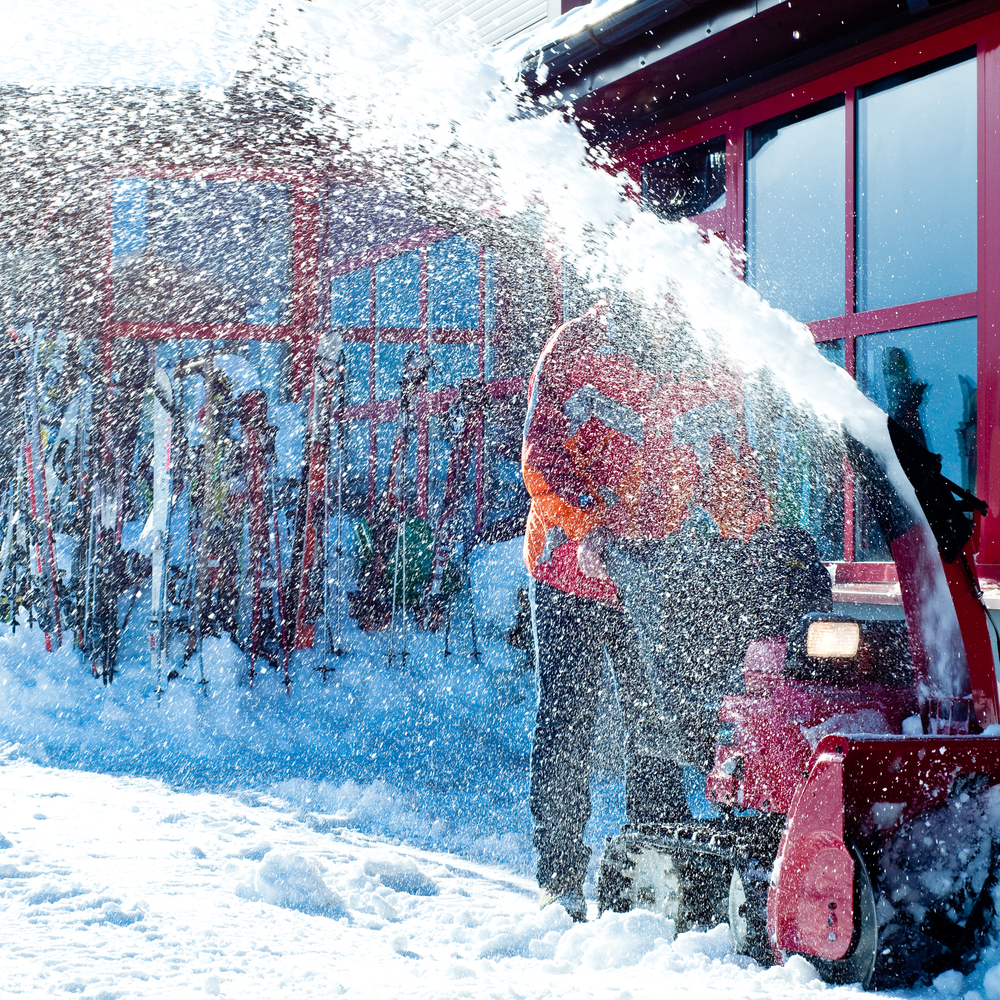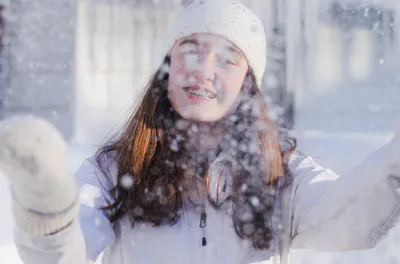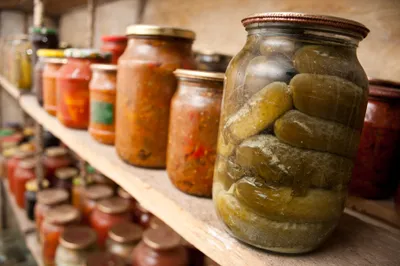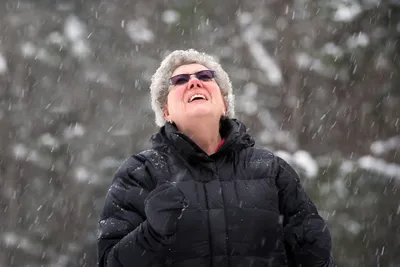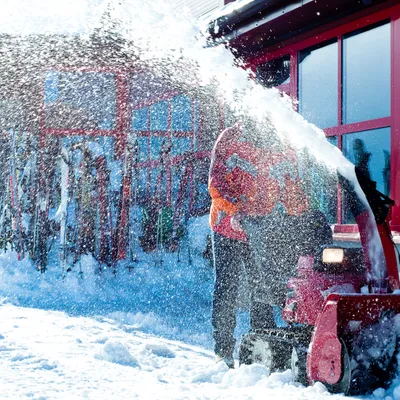There is little doubt that this winter is cold—perhaps the coldest in decades—in many parts of North America. The sub-zero temperatures and frequent snowstorms have many of us hibernating indoors, opting to work from home rather than venture out on treacherous roads and into arctic-like temperatures.
If you do live in an area, like I do, that has experienced a fair share of blizzards and inclement weather this winter, keep the following six survival tips in mind to stay warm and safe…
1. Opt to Stay Home
As the local police and weather reporter often reminds us—it’s not worth risking your life to get to work during a blizzard. If you commute to work, no matter how far, black icy, messy driving conditions (via car or public transportation) are often not worth the risk.
If the weather is particularly gruesome or if weather experts are calling for road closures and urging you to stay home, take their advice to heart. Check your local weather forecast or environment websites before work to get an idea of the day’s forecast. After all, you may have a clear drive to work, but an afternoon or evening snowstorm may put you in peril.
2. Beware of Frostbite
According to Dr. Sandra Schneider, professor at the University of Rochester Medical Center’s Emergency Medical Department, if you do go outside, keep in mind that frostbite can occur in less than a minute in extremely cold temperatures. Dr. Schneider points to blood blisters or areas that turn white or blackish in color as signs of frostbite to the extremities.
Areas most at risk for frostbite, the literal freezing of bodily tissues—such as earlobes, cheeks, and noses—because they are often exposed and the furthest points for circulating blood to reach. If you must go outside, insulate them properly with hats, gloves, scarves, and face coverings. Those with conditions (i.e., diabetes or heart disease) are most at risk of frostbite due to poor circulation.
3. Avoid Dehydration
It may seem counterproductive to drink water when you’re freezing cold. However, research from the Texas Heart Center says that dehydration is a primary health threat during winter because folks are less likely concerned with hydration levels compared to during the hot days of summer.
Social gatherings and lone nights inside with an alcoholic beverage (or a six pack) are also common in colder months. However, alcohol is extremely dehydrating, which can lead to poor decision making, extreme loss of body warmth, and hypothermia because you’re less likely to feel the cold set in. Be sure to drink plenty of hydrating waters and herbal teas.
4. Pack the Pantry
I order more takeout Thai food during snowstorms compared to any other time of year. In fact, I bet that food delivery doubles during inclement weather. However, you can’t count on delivery service if blizzards last days or even weeks on end, especially if roads are closed.
This is why it’s vital to stock your cupboards with canned and dried foods in the face of a storm. Look to crock pot-friendly ingredients (i.e., beans, legumes, nuts, pasta, spices, and rice). Also, if a storm warning is in effect, put together an emergency medicine bag—featuring prescription medication refills, allergy drugs (i.e., epi-pens) , over the counter acetaminophen, ibuprofen, as well as topical creams for burns and cuts, and bandages.
5. Spot the Early Signs of Hypothermia
Being aware of the first signs of hypothermia, a condition that occurs when the body’s core temperature drops under 95-degrees-Fahrenheit, can save a life. What may seem like an unrelated symptom (i.e., dizziness, confusion, loss of color in the skin) may actually indicate hypothermia in cold temperatures.
The later signs of hypothermia include intense shivering, pale-colored skin, nail beds that turn blue in color, slurred speech, loss of consciousness and require immediate medical attention, especially if the patient is immune compromised or elderly.
6. Clear Hazardous Areas
Of course you may have to venture out during or shortly after a heavy snowfall or ice storm. You may also have visitors to your home (i.e., delivery or mail) during the storm. This means clearing snow and ice from your front stairs, driveway, walkway, eaves troves, and other potentially hazardous areas is wise.
Before you snow, get prepared with some gentle stretches, and layer up with warm clothing, including hats, mitts, and a scarf, before you venture outdoors to shovel or snow blow. Pushing and shoveling after a heavy snow fall is a strenuous, activity so lift with your legs not with your back, and beware of icy patches.
